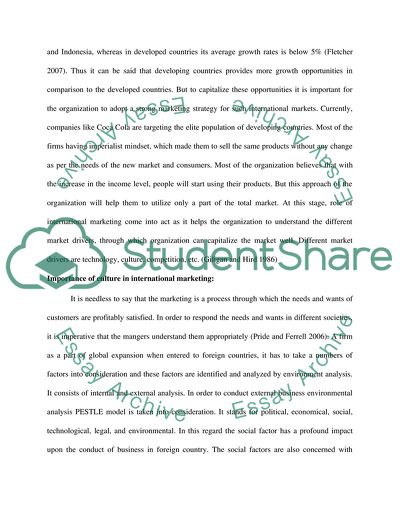Cite this document
(“Impact of Culture on International Marketing Strategy Assignment”, n.d.)
Impact of Culture on International Marketing Strategy Assignment. Retrieved from https://studentshare.org/marketing/1779127-how-do-cultural-differences-affect-international-marketing
Impact of Culture on International Marketing Strategy Assignment. Retrieved from https://studentshare.org/marketing/1779127-how-do-cultural-differences-affect-international-marketing
(Impact of Culture on International Marketing Strategy Assignment)
Impact of Culture on International Marketing Strategy Assignment. https://studentshare.org/marketing/1779127-how-do-cultural-differences-affect-international-marketing.
Impact of Culture on International Marketing Strategy Assignment. https://studentshare.org/marketing/1779127-how-do-cultural-differences-affect-international-marketing.
“Impact of Culture on International Marketing Strategy Assignment”, n.d. https://studentshare.org/marketing/1779127-how-do-cultural-differences-affect-international-marketing.


